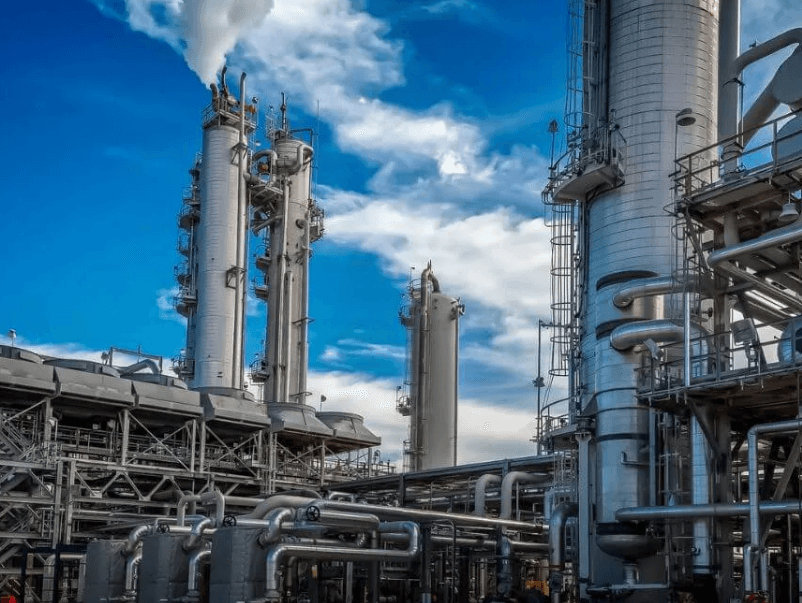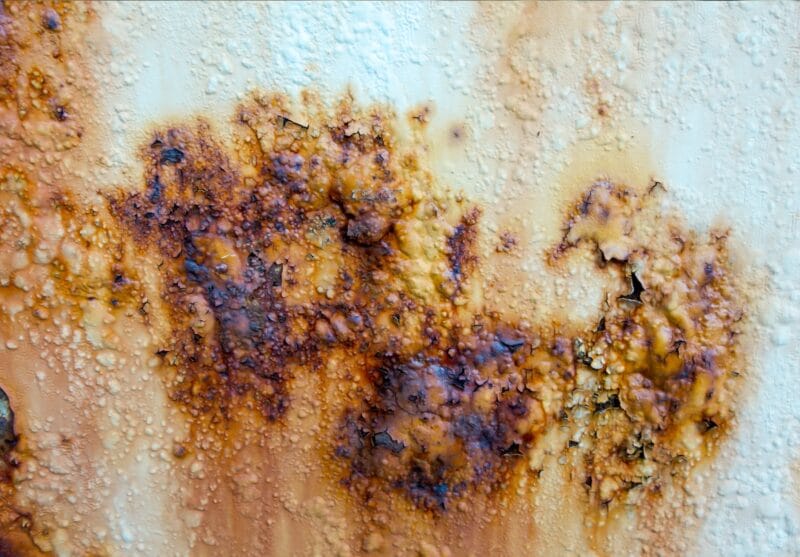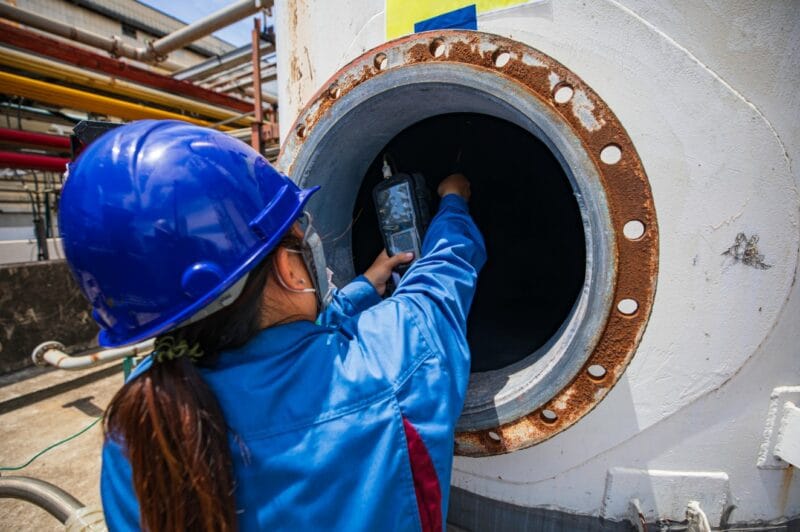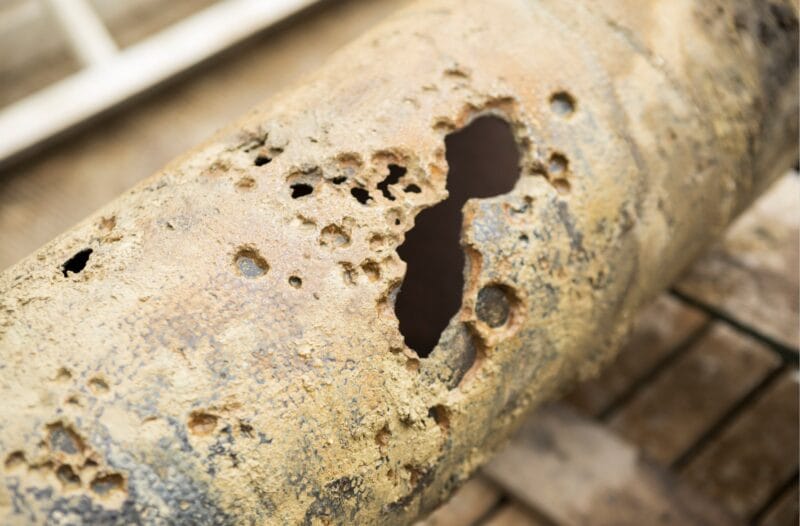How to Use the MEI Calculator
Equipment Failure Cost:
Enter the total cost of equipment failure, assuming no maintenance is performed, in your preferred currency.
ETBF (Estimated Time Between Failures):
Enter the estimated time in years the equipment would operate before failing if no maintenance is performed.
ETBC (Estimated Time Between Consequences):
Enter the estimated time in years the equipment would operate before failing if maintenance is performed.
Expense per Maintenance Occurrence:
Enter the cost of each maintenance occurrence in the same currency as the Equipment Acquisition Cost.
Maintenance Occurrences per Year:
Enter how many maintenance occurrences happen per year.
Results You’ll Get
MEI:
A numerical score showing how cost-effective your maintenance strategy is compared to equipment replacement.
An MEI above 1 indicates your approach is cost-effective. More details on interpreting your result are provided below.
MEI Calculator

What is the Maintenance Efficiency Index (MEI)?
The Maintenance Efficiency Index (MEI) is a key performance indicator in maintenance management. It measures the reduction in failure probability achieved through preventive maintenance relative to its cost.
In Reliability Centered Maintenance (RCM), MEI helps ensure that preventive tasks are both technically effective and economically justified. An MEI above 1 indicates cost-effective failure prevention, while a value of 1 or less suggests maintenance may be too costly or ineffective. Applying MEI supports better task prioritization, resource allocation, and continuous improvement of equipment reliability and performance.
Why Use this Calculator?
Get a Quick Estimate: Use this tool to quickly assess whether your current maintenance approach might be cost-effective.
Spot Potential Improvements: Estimate how your maintenance activities could be impacting equipment reliability and failure intervals.
Evaluate Resource Allocation: Assess how different maintenance strategies might impact resource use and operational efficiency.
Support RCM Discussions: MEI calculator can provide a useful starting point for conversations about Reliability Centered Maintenance (RCM) strategies, helping you identify areas that may warrant further investigation.
How does this Calculator work?
The MEI is calculated using the following formula:
MEI = (Base Risk – Residual Risk) / Annual Maintenance Cost
Where:
- Base Risk represents the expected annual cost of equipment failure if no maintenance is performed:
Base Risk = PONC / ETBF
- Residual Risk is the expected annual cost of equipment failure after maintenance is performed:
Residual Risk = PONC / ETBC
- Annual Maintenance Cost is the total yearly expenditure on maintenance:
Substituting these definitions, the MEI formula becomes:
MEI = (PONC / ETBF – PONC / ETBC) / POC
Where:
- PONC (Price of Non-Conformance): The expected cost resulting from equipment failure when maintenance is not performed (in the calculator, this is referred to as Equipment Failure Cost).
- ETBF (Estimated Time Between Failures): The average interval between failures without maintenance.
- ETBC (Estimated Time Between Consequences): The average interval between failures with maintenance.
- POC (Price of Conformance) is the annual price of doing maintenance, i.e., Expense per Maintenance Occurrence × Number of Maintenance Occurrences per Year
- Expense per Maintenance Occurrence: The cost of performing a single maintenance action.
- Number of Maintenance Occurrences per Year: How many times maintenance is performed annually.
How to Interpret MEI Values
MEI ≤ 1:
Your maintenance activities are not cost-effective. The cost of maintenance is equal to or greater than the risk reduction achieved. This suggests you should review and optimize your maintenance strategy, as you may be overspending for little benefit.
Keep in mind that due to typical uncertainties in input data, the MEI calculation has an accuracy of about ±20%. This means that a calculated MEI close to 1 could actually range between approximately 0.8 and 1.2. Therefore, small differences around this threshold should be interpreted with caution.
MEI > 1:
Maintenance is cost-effective. The risk reduction (in terms of avoided failure costs) outweighs the money spent on maintenance. Your current approach is delivering value.
MEI > 2:
Maintenance is highly effective and efficient. You are achieving at least twice the value in risk reduction compared to what you spend on maintenance. This indicates an excellent balance between maintenance investment and risk mitigation.
Q: Can MEI be negative?
A: Theoretically yes, if the maintenance is ineffective or even harmful, increasing failure probability.
Q: How accurate is this calculator?
A: The accuracy is typically ± 20 % and depends on the quality of your input data, including realistic failure intervals and maintenance costs. This margin mainly results from the ±10 % uncertainty in your input values. Because of this, an MEI of 1 should not be viewed as an exact threshold—due to the 20% margin of error, a calculated MEI of 1 could actually reflect a true value anywhere between 0.8 and 1.2.
Q: What is included in POC?
A: POC includes all the costs to keep things running smoothly and prevent problems. This covers regular maintenance, inspections, staff training, and any checks done to make sure equipment or processes meet standards.
Q: What is included in PONC?
A: PONC includes all the costs that happen when the equipment breaks down in terms of production loss, repair cost and labour cost. This means expenses from breakdowns, emergency repairs, production losses, warranty claims, customer complaints, and any other issues caused by not meeting standards.
Q: Is it always better to increase POC to reduce PONC?
A: Not necessarily. While some investment in maintenance is essential, excessive spending may not be justified if the risk or impact of failure is low. In general, if the residual risk level is acceptable, it is always good to aim for the highest MEI.




